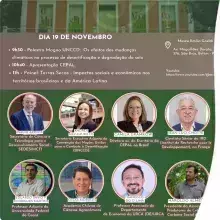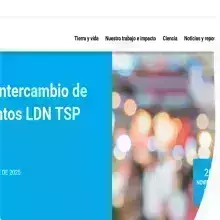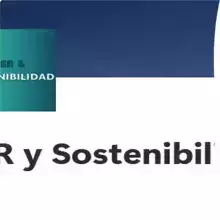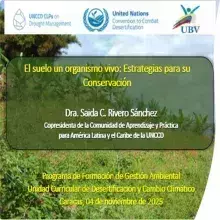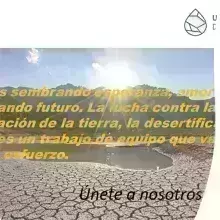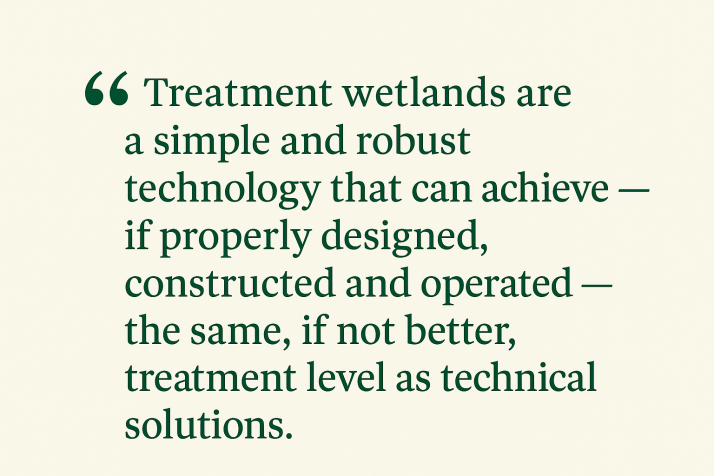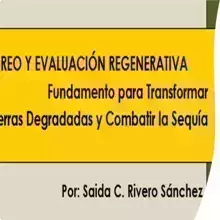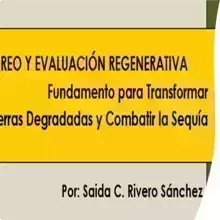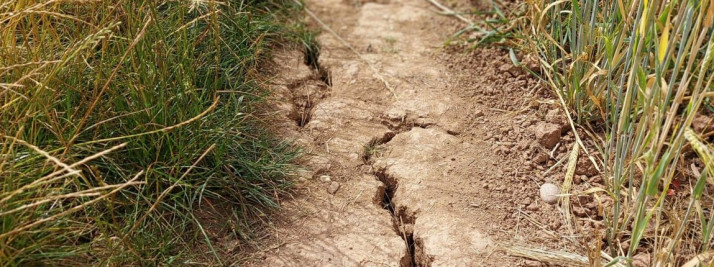The State of Global Water Resources Report, published annually by the World Meteorological Organization (WMO), provides a comprehensive quantitative overview of global water resources, with a particular focus on hydrological variability and long-term trends. The report supports countries, decision-makers, and stakeholders in understanding the current condition of water resources, identifying emerging hotspots, and developing effective water management strategies.
The 2024 edition highlights that Central and Eastern Europe are experiencing significant hydrological imbalances. While certain areas recorded above-normal river flows, subsurface water storage remains below average. This combination increases the region’s vulnerability to both floods and droughts, driven by rising variability in the water cycle.
You can access the full report at the following link:
https://library.wmo.int/records/item/69629-state-of-global-water-resour…
